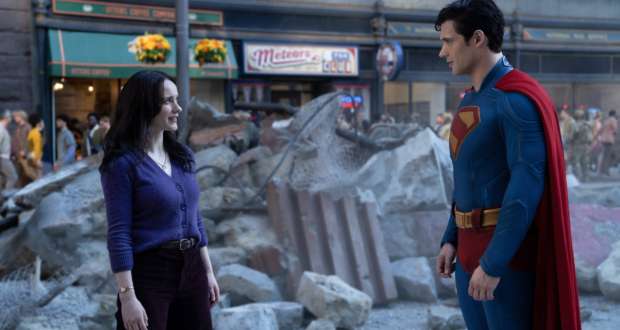Bollywood goes strategic this time with a comedy thriller released in two distinctive versions! Titled Housefull 5, this film is the fifth instalment of producer Sajid Nadidawala’s popular slapstick comedy franchise “Housefull”. Making its theatrical debut on June 6, 2025, ...
The King of Remakes and Flops returns to the big screens this time with a remake of a 2016 Italian comedy-thriller “Perfect Strangers”. The Bollywood version is titled “Khel Khel Mein”, translated as “All In Fun And Games”, which stars ...






